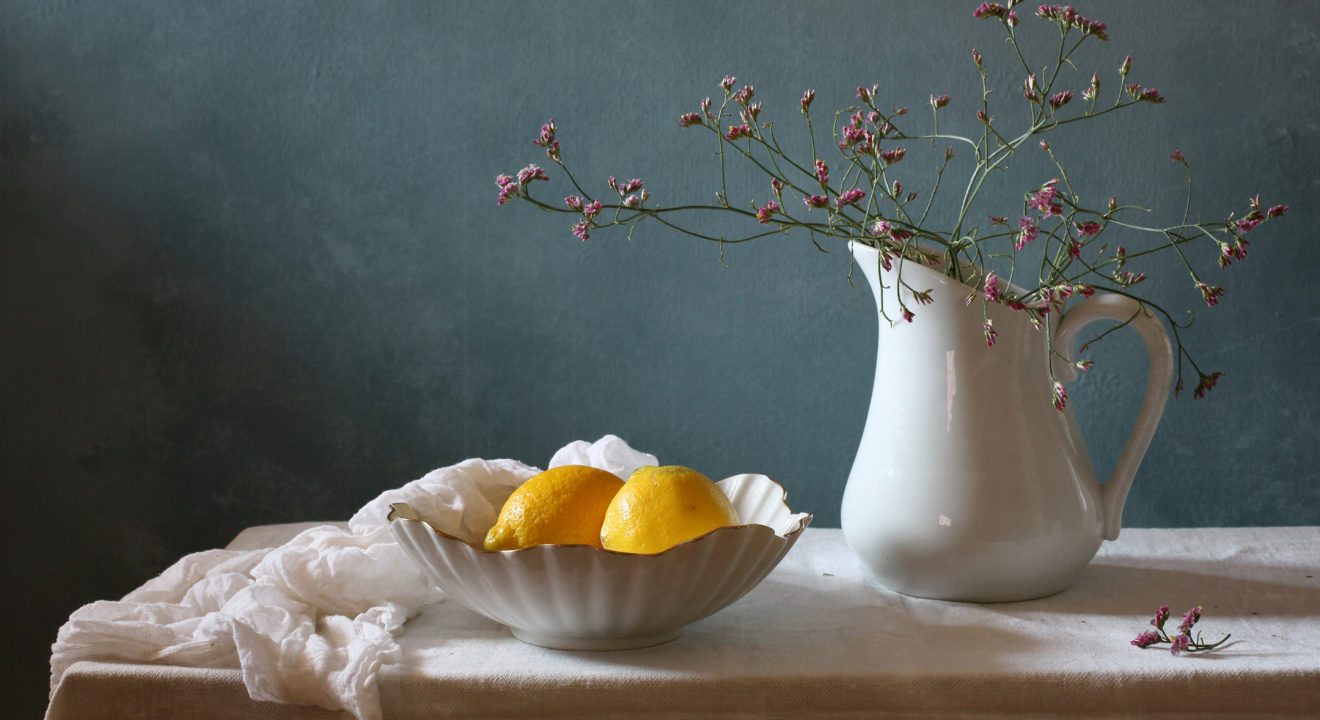Culture August 4, 2016


If you’ve ever taken a painting class in the past, then you’ve probably already encountered the carefully arranged bowl of fruit on a white tablecloth. This still life image is often a part of the art curriculum to teach color theory, light relation and perspective, which are the traditional skills you need to paint.
But aside from the fruit and the tablecloth, still life is also often associated with Van Gogh’s “Sunflowers” series or one of Pieter Claesz’s paintings. These two artists were thought to be rooted in painting traditions.
As painting moves away from traditional classical methods, the question of whether or not still life paintings are still relevant in today’s culture arises.
Still life has been around for centuries. Some of the first recorded still life images of fruit were created by the Egyptians, Greeks, and Romans. Rather than using pastels or oil paints, these artists used mosaics to create their art masterpieces.
Then, from the 1600s to 1800s in Northern Europe, still life techniques developed into what we understand as still life today. Still life paintings became all the rage around the time of the Renaissance. One of the earliest examples can be seen in Jan Brueghel the Elder’s painting, “Bouquet,” which portrays a vase erupting with bright colored flowers.
While painting a bowl of fruit may seem like a boring subject, food can hold diverse meanings. For instance, fruit and animals are often used as symbolism in Christian imagery. An image of an apple can be related to the story of Adam and Eve, while an image of a lamb is equated to “the lion and the lamb,” which are both references to Jesus Christ. As the Renaissance rolled around, this symbolism became much more prevalent in paintings.
This history can be used to interpret modern artwork to show that still life remains a popular style in the painting world. Nowadays, still life images are rarely a bowl of apples and oranges. Instead, still life paintings have become subversive and self-referential to classic, impressionist, and other traditional paintings. Even Banksy, the famous anonymous graffiti artist, creates still life masterpieces with the traditional subjects: sunflowers and vases.
So yes, still life is still relevant. Just because this style is not trending on Instagram, it does not mean that it is no longer used. Artists around the world still pay homage to the influence of the still life and its prevalence in classic to modern art.